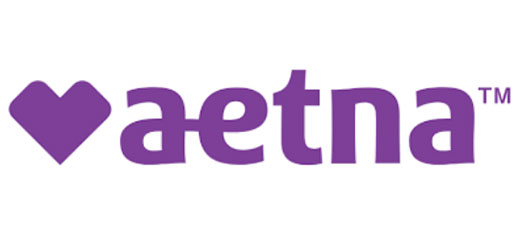Health Insurance
Get a Quote
Individual Health Insurance – Types of Coverage
For people who are self-employed, or not covered by an employer’s group health insurance plan, individual health insurance is available. As part of the Affordable Care Act, plans can be purchased through state exchanges, the federal marketplace or on specific websites like ToInsure.Me.
Bronze, Silver, Gold, Platinum and Catastrophic Plans
Individual plans are categorized using metal. Bronze, Silver and Gold. Platinum and Catastrophic plans have different premiums, coverage, and cost sharing amounts.
Bronze
Bronze plans are the least expensive, with the lowest premiums and highest deductibles of all the plans. By law, they only have to provide 60 percent of cost sharing. This means that a Bronze plan must cover an average of 60 percent of all out-of-pocket expenses. This does not mean that 60 percent of actual costs will be covered.
Silver
Silver Plans are the marketplace standard plan. Silver plans must cover 70 percent on average of all out-of-pocket costs. This does not mean that 70 percent of actual costs will be covered.
Gold
Gold plans must cover an average of 80 percent of all out-of-pocket costs. This does not mean that 80 percent of actual costs will be covered. In some states, Gold plans must meet additional criteria, making cost sharing offered on these plans even more attractive. Of course, with better cost sharing, comes higher premiums.
Platinum
The most comprehensive coverage available is offered through Platinum plans. Platinum plans are designed to cover approximately 90 percent of all out-of-pocket costs for essential health benefits. This does not mean that 90 percent of actual costs will be covered. Given the generous cost sharing, platinum plans have the highest premiums on average. Not all insurers offer Platinum plans on the Marketplace. Different states may have different rules for what these plans must offer beyond minimum standards in the ACA.
Catastrophic
Catastrophic plans were designed for individuals under the age of 30 who don’t need or don’t qualify for a tax subsidy to help pay for health insurance. Catastrophic health plans generally have low premiums, high deductibles, and high cost sharing amounts.
These plans typically won’t pay any out-of-pocket costs like copays and coinsurance. Deductibles on catastrophic plans will tend to be equal to out-of-pocket maximums, meaning coinsurance and deductibles will never factor into what you pay. This means you pay a premium simply to get the same deals on care your insurer gets and to know you’ll never pay more than your out-of-pocket maximum in an emergency.
Get your Free Quote on Health Insurance Plans by clicking below and review multiple carriers in your local area. Start Saving Today!











